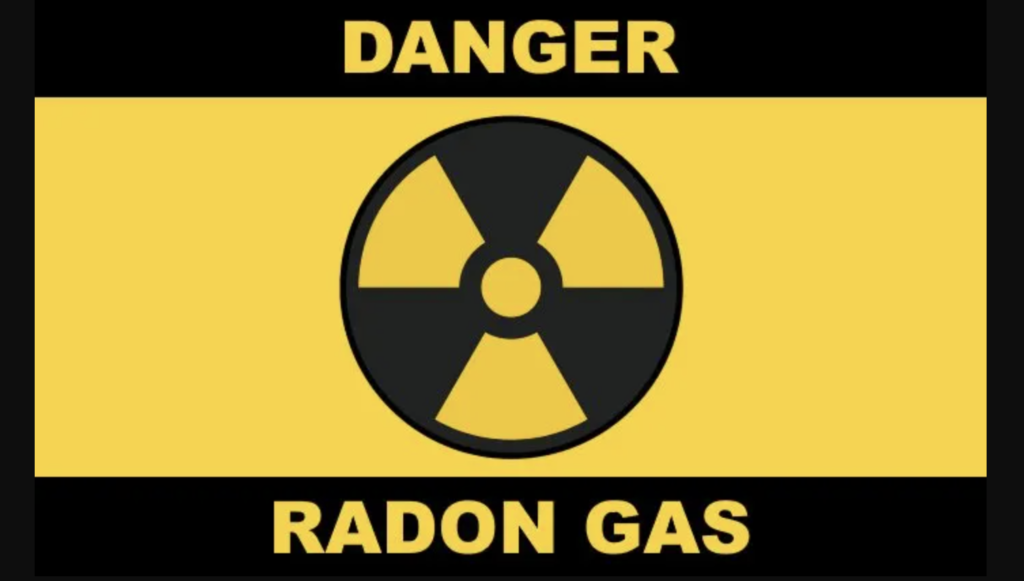The Dangers of Radon Gas

Schedule a Consultation for Radon Testing Today!
317-852-8589
Radon is a colorless, odorless, and tasteless radioactive gas that is naturally occurring in the environment. It is a byproduct of the decay of uranium and thorium, which are common elements found in soil and rock. Radon gas can seep into homes and buildings through cracks and openings in the foundation, and it can accumulate to potentially dangerous levels.
The primary danger associated with radon is its radioactivity. Radon emits alpha particles as it decays, and when these particles are inhaled, they can damage lung tissue and increase the risk of lung cancer. In fact, radon exposure is the second leading cause of lung cancer after smoking, and it is responsible for a significant number of lung cancer cases each year.
Key Points of the Dangers of Radon:
Lung Cancer Risk
Prolonged exposure to elevated levels of radon increases the risk of developing lung cancer. Smokers who are exposed to radon are at an even higher risk.
Radon Levels
Radon levels can vary significantly from one location to another. The concentration of radon in a particular area is measured in picocuries per liter (pCi/L). The U.S. Environmental Protection Agency (EPA) recommends taking action if radon levels in a home exceed 4 pCi/L.
Testing and Mitigation
Radon testing is the only way to determine if a home or building has elevated radon levels. Testing is relatively simple and can be done with DIY test kits or by hiring a professional radon measurement service. If elevated levels are detected, radon mitigation systems can be installed to reduce radon levels.
Prevention
New homes can be constructed with radon-resistant features, which can help reduce the entry of radon into the building. These features may include sealing cracks in the foundation and installing ventilation systems.
Radon in Water
Radon can also be present in well water, and when the water is used for showering or other activities that release the gas into the air, it can contribute to indoor radon levels. Radon in water can be treated with aeration or activated carbon systems.
It’s important to note that radon is a significant health risk, and taking steps to test for and mitigate high radon levels in homes and buildings can help reduce the associated health risks. If you suspect that your home or the area you live in may have elevated radon levels, it’s advisable to have it tested, and if necessary, take measures to reduce radon exposure.




